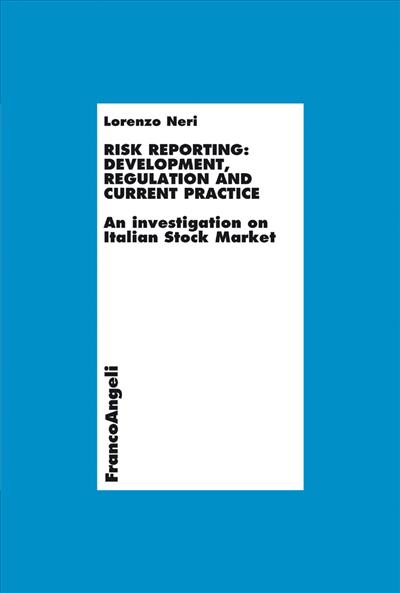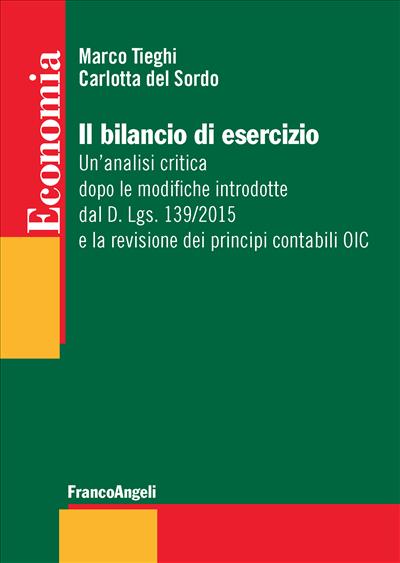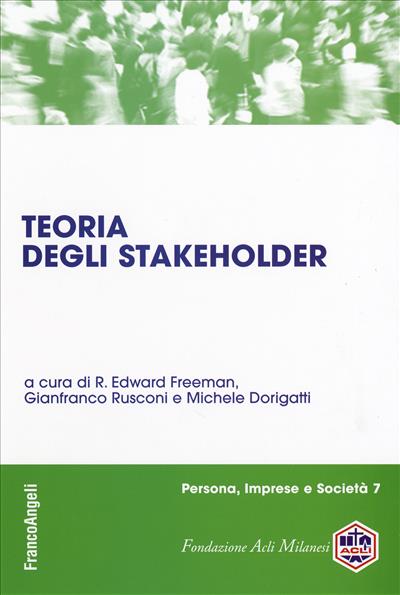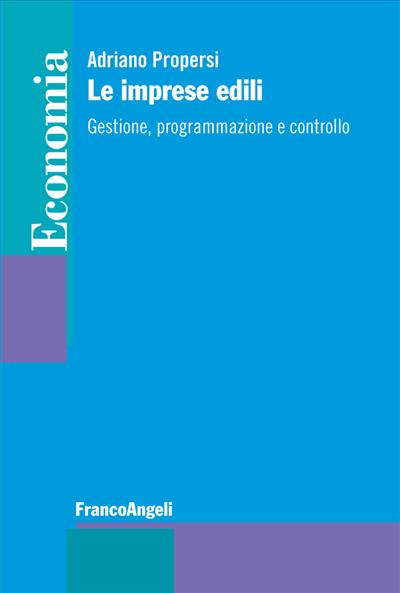
Risk Reporting: Development, Regulation and Current Practice.
An investigation on Italian Stock Market
The book starts from an overview of the economic theories below voluntary and narrative disclosure and then focuses on narrative risk disclosure. It analyzes the risk reporting relevance, reviewes and compares the regulation across a range of different countries, and it finally focus on risk disclosure in the narrative section of annual reports of non financial companies listed on Italian Stock Market.
Pagine: 142
ISBN: 9788856876611
Edizione:1a edizione 2011
Codice editore: 365.891
Possibilità di stampa: No
Possibilità di copia: No
Possibilità di annotazione: Sì
Formato: PDF con DRM Readium LCP




